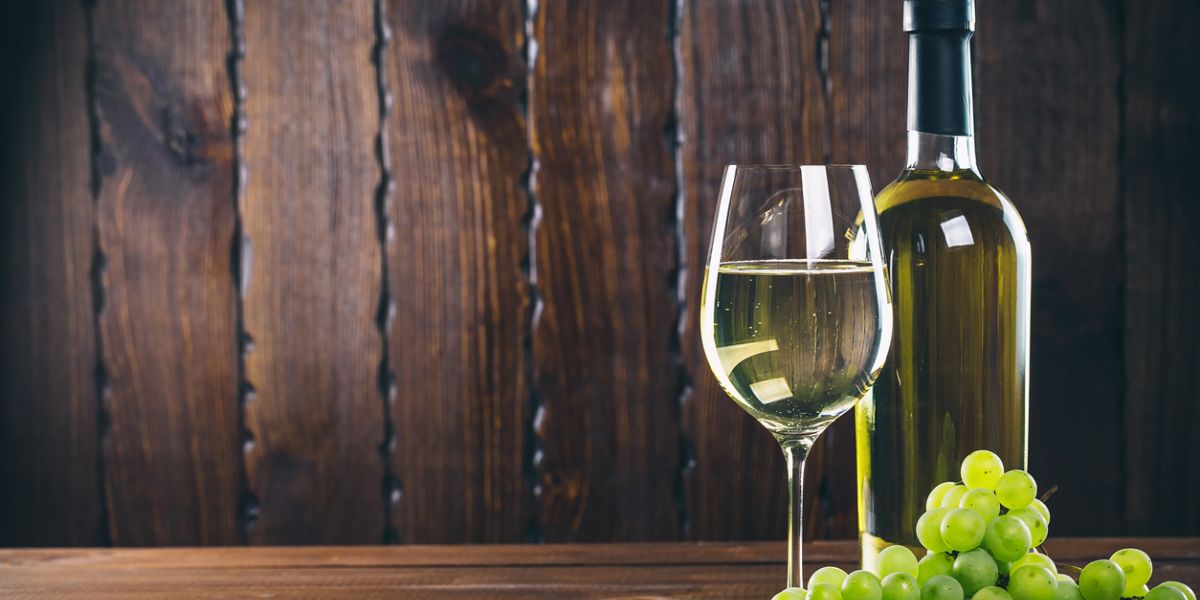Is Riesling a White Wine?
When it comes to white wines, there's a world of flavors and characteristics waiting to be explored. Two popular choices in the world of white wine are Chardonnay and Riesling. If you've ever wondered, "Is Riesling a white wine?" or pondered whether Chardonnay leans more towards being dry or sweet, you're in the right place. In this blog post, we'll delve into the nuances of these two delightful wines, perfect for wine drinkers of all generations and wine-tasting experiences.

Is Riesling a White Wine?
Before we dive into the differences between Chardonnay and Riesling, let's answer the question that often pops up among wine enthusiasts: Is Riesling a white wine? The answer is a resounding yes! Riesling is indeed a white wine grape variety, known for producing wines that range from bone-dry to lusciously sweet.
Riesling grapes are renowned for their versatility and are grown in various wine regions worldwide. Pacific Rim & Co., for instance, sources its Riesling grapes from the Pacific Northwest, embracing the essence of the region in their delightful collection of Pacific Rim Riesling wines.
Chardonnay: Dry or Sweet?
Now, let's turn our attention to Chardonnay, another beloved white wine variety. When it comes to Chardonnay, one of the most common debates is whether it is a dry or sweet wine. The answer lies in the winemaking process and the region in which the grapes are grown.
Chardonnay: A Spectrum of Styles
Chardonnay is known for its versatility, and its style can vary greatly depending on where it's produced and how it's crafted. Some Chardonnays are bone-dry, characterized by crisp acidity and flavors of green apple and citrus. These dry Chardonnays are often aged in stainless steel tanks, allowing the purity of the grape to shine through.
On the other hand, Chardonnays can also be crafted in a sweeter style, often referred to as "oaked" Chardonnay. These wines undergo aging in oak barrels, imparting flavors of vanilla, butter, and caramel. Oaked Chardonnays tend to have a creamier texture and are considered sweeter due to the influence of oak aging.
The key to understanding whether a Chardonnay is dry or sweet is to check the label or consult with your local wine retailer. Look for terms like "unoaked," "unoaked Chardonnay," or "Chablis-style" to find dry Chardonnays. If you prefer a sweeter Chardonnay, search for wines labeled "oaked" or "California-style."
Chardonnay vs. Riesling: The Main Differences
Now that we've established that both Riesling and Chardonnay can be found in various sweetness levels, let's explore the primary differences between these two white wine varieties.
1. Grape Variety:
Riesling is exclusively made from Riesling grapes, which are known for their aromatic and floral characteristics. Chardonnay, on the other hand, is made from Chardonnay grapes, which are more neutral in flavor and can easily adopt the characteristics of their winemaking process.
2. Aroma and Flavor Profile:
Riesling is celebrated for its aromatic qualities, often offering notes of apple, peach, and floral hints. Its acidity levels can vary, making it a versatile choice for pairing with a wide range of dishes.
Chardonnay, with its chameleon-like nature, can have a wide range of aromas and flavors. Unoaked Chardonnays tend to feature crisp green apple and citrus notes, while oaked Chardonnays exhibit vanilla, butter, and toast nuances.
3. Regional Influence:
Both Riesling and Chardonnay are grown in various wine regions across the world. Riesling thrives in cool-climate regions like Germany, Alsace (France), and the Pacific Northwest in the United States. Chardonnay is grown in regions as diverse as Burgundy (France), California, and Australia, each imparting its unique characteristics to the wine.
4. Food Pairing:
Riesling's acidity and versatility make it an excellent choice for pairing with a wide range of foods, including spicy cuisine, seafood, and Asian dishes. It's a favorite among wine enthusiasts for its ability to balance and enhance flavors.
Chardonnay, with its diverse styles, offers pairing options for various dishes. Crisp, unoaked Chardonnays pair well with lighter fare like salads and poultry, while oaked Chardonnays complement richer dishes like lobster and creamy pasta.
The Takeaway
In the world of white wines, Riesling and Chardonnay stand out as distinct and delightful choices. Riesling, a white wine with a broad spectrum of sweetness levels, offers aromatic and floral notes that pair beautifully with a variety of foods. Chardonnay, on the other hand, showcases its versatility through a range of styles, from dry and crisp to oaked and sweet.
Whether you're a wine enthusiast of the younger, eco-conscious generation or a beginner eager to explore the world of white wines, Pacific Rim & Co. has something to offer. Our commitment to sustainability and passion for crafting high-quality, budget-friendly wines from the Pacific Northwest make them a perfect choice for anyone looking to discover the unique essence of the region.
So, next time you're at your local wine shop, don't hesitate to explore the differences between Chardonnay and Riesling. Want to try new white wines? Explore our collection and embark on a delightful journey through the world of white wines. Cheers to discovering your new favorite!
Ready to explore the world of white wines with Pacific Rim & Co.? Contact us for more information and discover our range of sustainable and affordable wines.